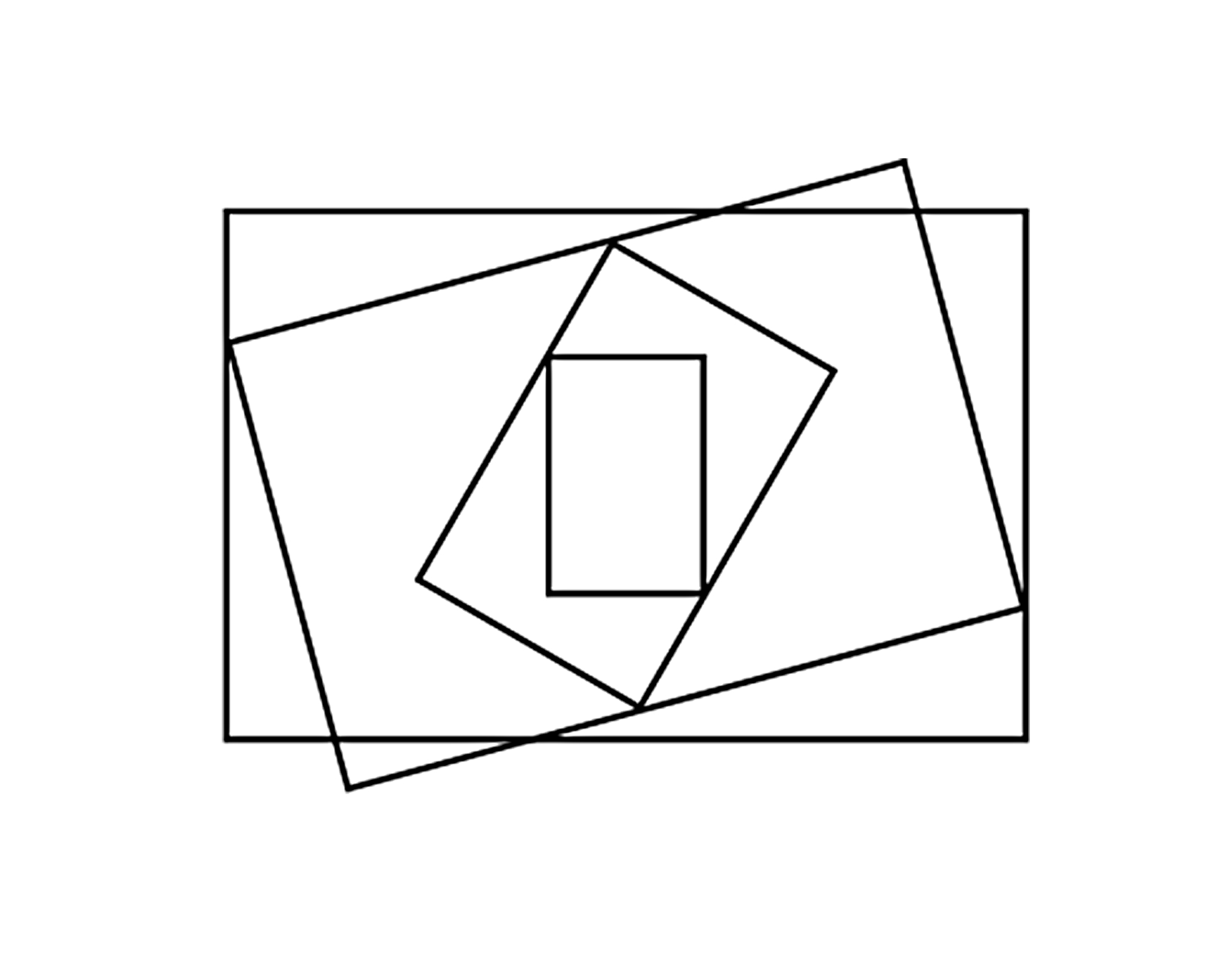
Ludolf Bakhuizen, attr. / circle of
(Emden, December 28, 1630 – November 7, 1708)
The bombardment of Dieppe, 1694
Oil on panel
22.5 x 31.5 cm / 8,9 x 12,4 in
Several old labels and a red lacquer seal on the reverse: two old stock or auction numbers, a note in brown ink:
"Burning Sheerness ( by the Dutch in June 1667 (by day) By Ludolph Bakhuizen“. Ein weiteres Etikett weist das Gemälde noch Aart van der Neer zu: „Brandschiessung von Sheerness 1667 durch die Holländer- Incendie du port de Sheerness/ Auf Holz (bois). Breite 31 ½ : 22 ½ cm. Goldrahmen. Schätzungswerth (Expertise) 115 guineas (es steht nämlich in tergo wörtlich: for both 230 gs. Als Kostenpreis). / Bemerkung: Die auf der Rückseite zweifellos von einem Engländer aufgeklebte Notiz lautet wörtlich: „…“. Links daneben ist ein italienisches „…“ von dem nur zu lesen ist: Sopraintendente…“…“ ist also das Bild von einem Engländer als Bakhuizen aus Italien erworben gewesen, doch muss ich in Uebereinstimmung mit dem Besitzer festhalten, dass dieseine der reizendsten Perlen des van der Neer ist und dass dazu noch ein Gegenstück existiert haben muss.”
According to Houbraken, Bakhuizen learned oil painting by Allaert van Everdingen and Hendrick Dubbels. Although our fine wood panel is not signed, it can be assumed that it was created in parallel with a painting that is kept in the Scheepvaartmuseum in Amsterdam also attributed to Bakhuizen. This is exactly what the above note on the back of the painting must mean - a nocturne counterpart to the daytime masterpiece.
The painting shows the bombardment of Dieppe on 22 and 23 July 1694 and the English-Dutch fleet, which suffered heavy losses at the Battle of Camaret under the command of Berkeley. The fleet sailed back across the English Channel and bombed several coastal towns in retaliation. While some cities, such as Calais and Dunkirk, were only slightly destroyed, Le Havre and Dieppe portrayed here were attacked particularly hard. Dieppe is very well recognizable, among other things, by the quay walls leading into the sea to the left of the city, which framed the river Arques, which are documented by numerous representations of the time.
Compare:
A painting probably by the same artist, also showing a bombed and burning city, was sold on October 15, 1998 at Christie's, New York under lot 9. A striking similarity is the depiction of the column of smoke illuminated by the high flames.



